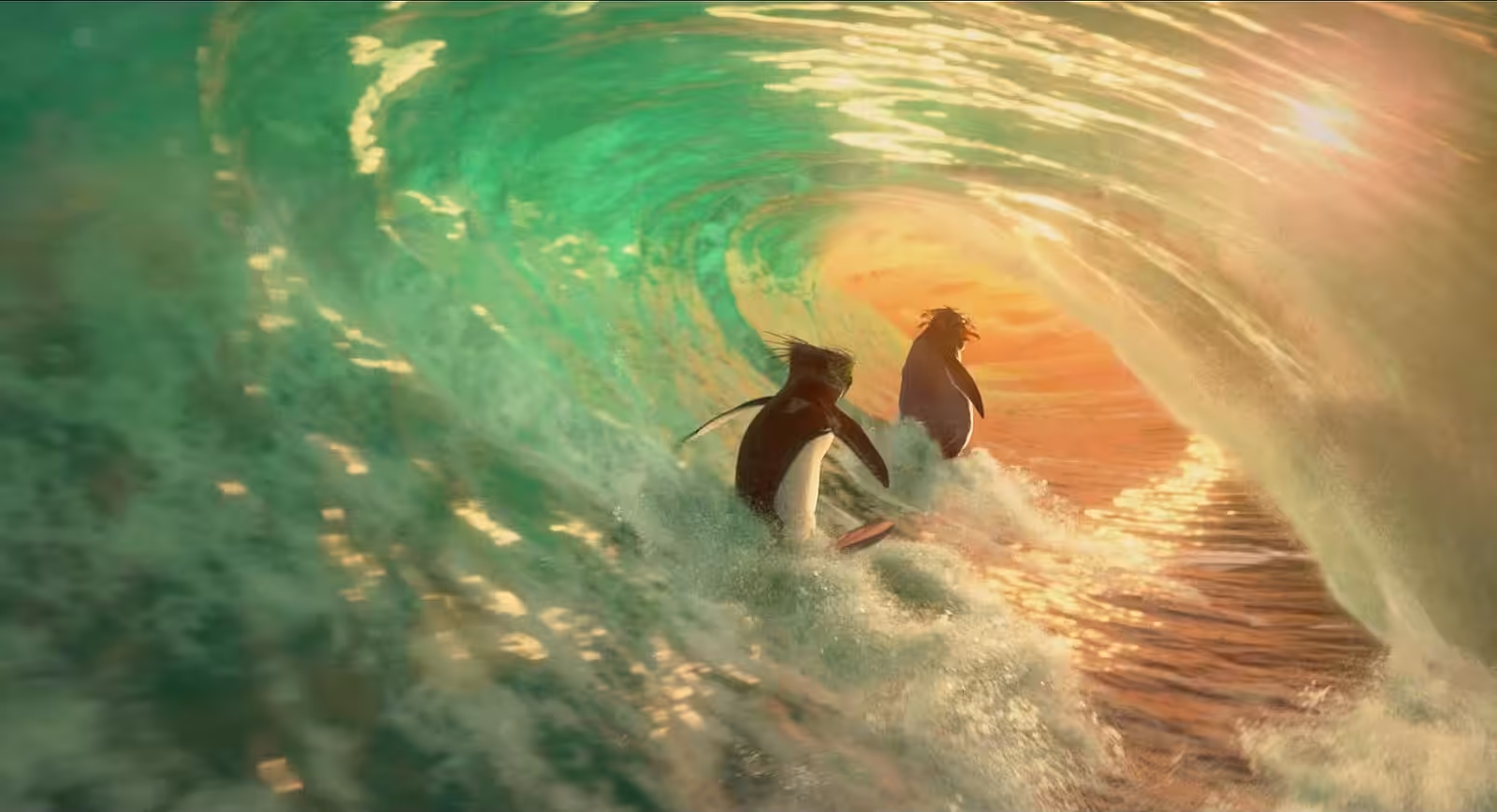On Monday, August 6th 2007, the Surf’s Up team presented a half day course detailing The Making of the Animated Documentary.
If you couldn’t make the course, you can download the course notes [6 Mb PDF file].
On Monday, August 6th 2007, the Surf’s Up team presented a half day course detailing The Making of the Animated Documentary.
If you couldn’t make the course, you can download the course notes [6 Mb PDF file].
Yes! We are almost always hiring at ILM. Check ILM.com/careers for the latest info and browse the posted positions in our studios around the world.
No. As an employee of Lucasfilm I cannot receive unsolicited pitches. Sorry.
Check out Get In the Door for interviews with a number of people in a wide variety of positions at Lucasfilm and Industrial Light & Magic. I think you may find someone there who inspires you.
The Academy Software Foundation is an open source, non-profit organization dedicated to getting people involved in a healthy software ecosytem for filmmaking, many of our projects focus on visual-effects and animation. I recommend checking out ASWF.io to learn more and get involved as it's a great way to meet people working in the industry and find a passion project to contribute to.
Please reach out, I'd love to talk with you. My job at Lucasfilm means I'm not always available, but I always love to hear about opportunities to work on something creative together.
